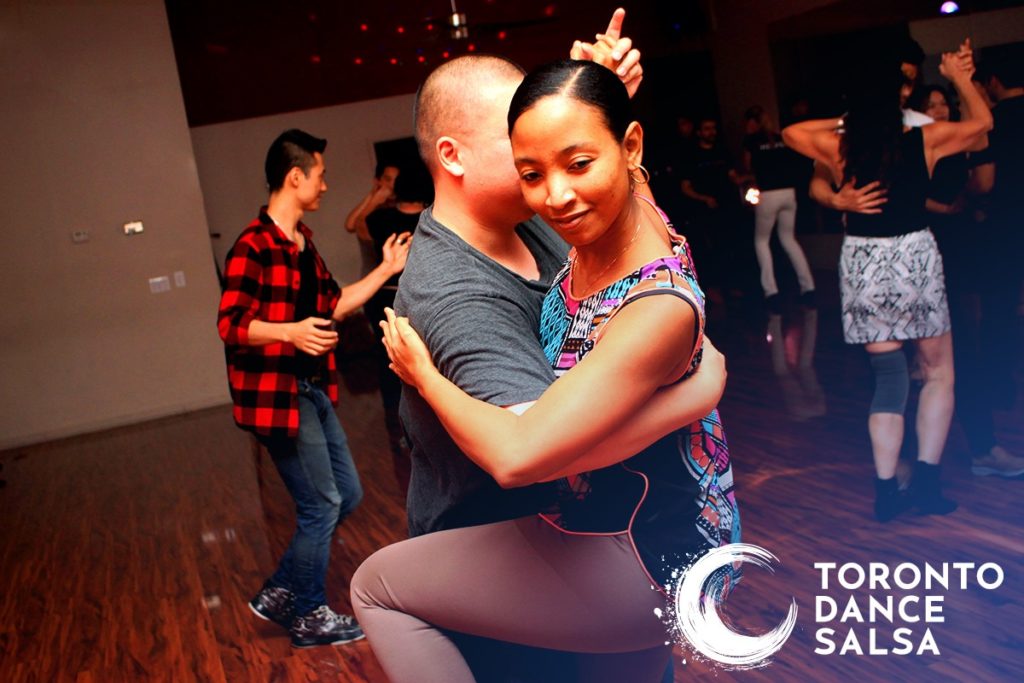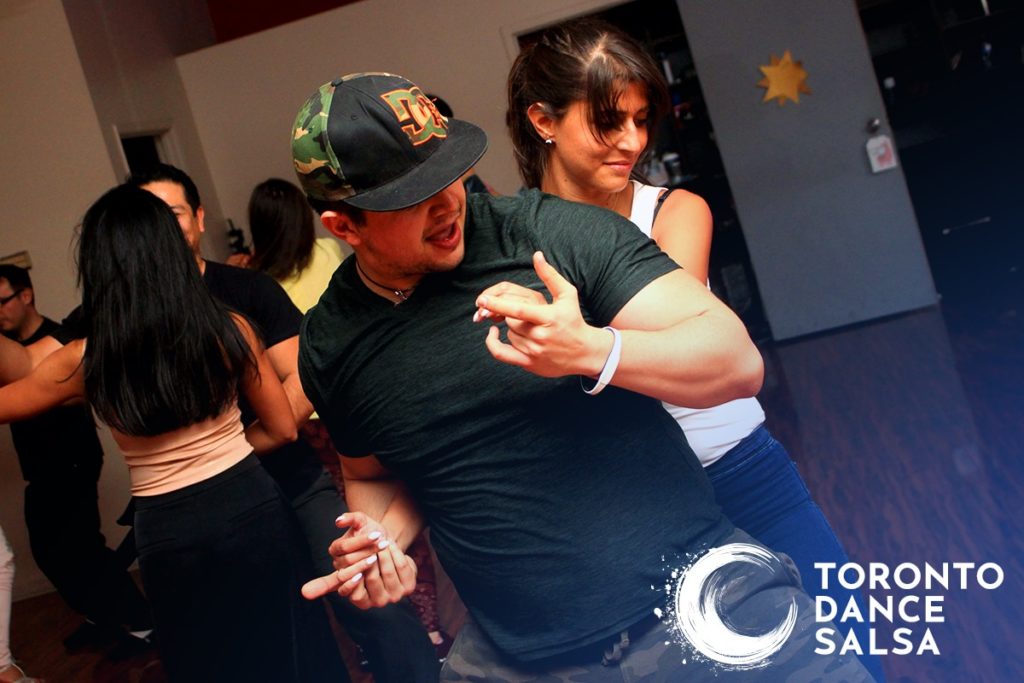Salsa dancing for couples
Salsa dancing is a popular and lively style of dance that originated in Cuba and spread throughout Latin America and the Caribbean. It is typically danced in couples and involves a combination of footwork, body movement, and intricate hand and arm styling. Salsa dancing is a great way for couples to connect, stay active, and have fun together. In this article, we will delve into the world of salsa dancing for couples, covering everything from the basic steps to advanced techniques and creative ways to express yourself on the dance floor.
Getting Started
The first step in learning salsa dancing for couples is to find a class or instructor who can teach you the basic steps and techniques. Look for a class that is tailored to beginners or specifically for couples, as this will ensure that you are learning at a pace that is comfortable for both of you. There are also many online resources available, such as video tutorials and virtual dance classes, that can help you get started.
Before you begin, it’s important to remember that salsa dancing is all about having fun and feeling the music. Don’t worry about making mistakes or getting everything perfect – just focus on enjoying the experience and moving to the beat. As you progress, you will naturally become more confident and comfortable on the dance floor.
Basic Steps and Techniques
Salsa dancing for couples always involves a series of basic steps that form the foundation for more advanced moves and patterns. These steps can be broken down into two main categories: forward/backward steps and side steps.
The basic forward/backward step involves taking a step forward or backward with one foot while the other foot remains in place. This step is typically done on the “one” beat of the music, and is often accompanied by a slight body roll or hip movement.
The basic side step involves taking a step to the side with one foot while the other foot remains in place. This step is typically done on the “two” beat of the music, and is often accompanied by a slight body roll or hip movement.
In addition to these basic steps, there are also a number of techniques that are important for salsa dancers to master. These include:
Cross body lead: This is a technique that involves the lead (typically the man) taking the follow (typically the woman) across the front of their body by reaching across with their left hand. This move is typically done on the “five” beat of the music.
Spin: This is a technique that involves the follow spinning under the arm of the lead. There are a number of different ways to execute a spin, including the inside turn, the outside turn, and the cross body spin.
Hand styling: This is a technique that involves the use of hand and arm movements to add flair and expression to the dance. Hand styling can range from simple hand claps and finger snaps to more complex hand and arm patterns.
Leading and Following
In salsa dancing, one partner (the lead) is responsible for initiating and directing the movements of the dance, while the other partner (the follow) responds and follows along. It is important for both partners to be aware of and understand the role of the lead and the follow in order to create a smooth and cohesive dance.
As the lead, it is your job to guide the follow through the dance by using your body, hands, and eye contact. This can be done through subtle cues such as changes in body posture, hand movements, and eye contact. It is important to be clear and decisive in your leading, as the follow will be looking to you for guidance.
As the follow, it is your job to respond and follow the lead’s cues. This involveslistening to the music, paying attention to your partner, and reacting to their movements in a natural and fluid way. It is important to stay relaxed and be present in the moment, as this will help you to respond more easily to the lead’s cues.
In order to develop good leading and following skills, it is helpful to practice with a variety of partners and to pay attention to the feedback and guidance of your instructor. As you become more comfortable with the roles of the lead and follow, you will be able to develop your own style and express yourself more creatively on the dance floor.
Musicality and Rhythm
One of the key elements of salsa dancing is musicality – the ability to connect with and express the music through movement. Salsa music is characterized by a complex and vibrant rhythm that is created by a combination of percussion, horns, and vocals. In order to dance salsa well, it is important to develop a sense of this rhythm and to be able to move to the music in a natural and expressive way.
One way to improve your musicality is to listen to a variety of salsa music and practice moving to the beat. Pay attention to the different instruments and how they contribute to the overall rhythm of the music. As you become more familiar with the music, you will start to develop a feel for the different rhythms and be able to respond to them more naturally on the dance floor.
Another way to improve your musicality is to practice counting and clapping out the different rhythms in salsa music. This will help you to develop a better understanding of the structure of the music and how the different rhythms fit together.
Partnerwork and Connection
In salsa dancing, partner work refers to the way in which the lead and follow interact and connect with each other on the dance floor. Salsa Dancing for couples helps improve connection to each other.
This can range from simple handholds and body contact to more complex patterns and lifts.
In order to develop good partnerwork, it is important for both partners to be aware of and responsive to each other’s movements. This involves paying attention to your partner’s body language and cues, as well as being in sync with the music.
One way to improve your partnerwork is to practice dancing with a variety of partners and to pay attention to the feedback and guidance of your instructor. As you become more comfortable with different styles of partnerwork, you will be able to develop your own style and express yourself more creatively on the dance floor.
Styling and Expression
Styling refers to the way in which a dancer uses their body, arms, and hands to add flair and expression to the dance. In salsa dancing, there are a number of different styling techniques that can be used to add personality and character to the dance.
One way to improve your styling is to pay attention to the way in which other dancers use their bodies to express the music. Notice the way they move their hips, shoulders, and arms to add character and flair to the dance. As you become more comfortable with different styling techniques, you can start to incorporate them into your own dancing and develop your own style.
Another way to improve your styling is to experiment with different hand and arm movements. There are a number of different hand styling techniques that can be used to add expression to the dance, such as hand claps, finger snaps, and hand waves.
Footwork and Shines
Footwork refers to the way in which a dancer moves their feet and legs on the dance floor. In salsa dancing, there are a number of different footwork patterns and techniques that can be used to add complexity and flair to the dance.
One way to improve your footwork is to practice the basic steps and techniquesand work on developing smooth and fluid movement. Pay attention to the way you transfer weight from one foot to the other, and try to maintain balance and control as you move.
Another way to improve your footwork is to practice shines – solo footwork patterns that are performed without a partner. Shines are a great way to develop independence and control over your footwork, as well as to add creativity and flair to your dancing.
Turns and Spins
Turns and spins are an important part of salsa dancing and can add complexity and excitement to the dance. There are a number of different turns and spins that can be used in salsa, ranging from simple inside and outside turns to more complex cross body and slot turns.
In order to execute turns and spins effectively, it is important to have good body control and balance, as well as a strong connection with your partner. Practice these techniques with a partner and pay attention to the feedback and guidance of your instructor. As you become more comfortable with different turns and spins, you can start to incorporate them into your dancing and add your own creative flair.
Partner Patterns and Choreography
Partner patterns are predetermined sequences of steps and movements that are danced with a partner. These patterns can range from simple two-step combinations to more complex multi-step sequences. In salsa dancing, partner patterns are often used to build and structure a dance, as well as to add complexity and interest.
In order to dance partner patterns effectively, it is important for both partners to be familiar with the sequence of steps and to be able to execute them smoothly and in sync with each other. Practice these patterns with a partner and pay attention to the feedback and guidance of your instructor. As you become more comfortable with different partner patterns, you can start to incorporate them into your dancing and build your own choreography.
Performance and Competition
For many salsa dancers, the ultimate goal is to perform and compete at a high level. Performing in front of an audience and competing against other dancers can be a thrilling and rewarding experience, but it also requires a high level of skill and dedication.
In order to perform and compete successfully, it is important to practice regularly, work on refining your technique, and develop your own style and expression. Pay attention to the feedback and guidance of your instructor and seek out opportunities to perform and compete, whether it be in local dance events or at a national or international level.
Don’t Forget!
Salsa dancing is a vibrant and expressive style of dance that is enjoyed by people all over the world. Whether you are just getting started or are an experienced dancer, there is always something new to learn and explore in the world of salsa. By following these tips and techniques, you can develop your skills and confidence as a salsa dancer and have fun doing it. So put on some salsa music, grab your partner, and let the rhythm take you away!
Click here to check our current schedule.
If you have any questions you would like me to answer here are some ways you can contact me: message me on Instagram (torontodanceSalsa), on Twitter (#torontodanceSalsa), on Facebook (Toronto Dance Salsa) or email me at [email protected].


